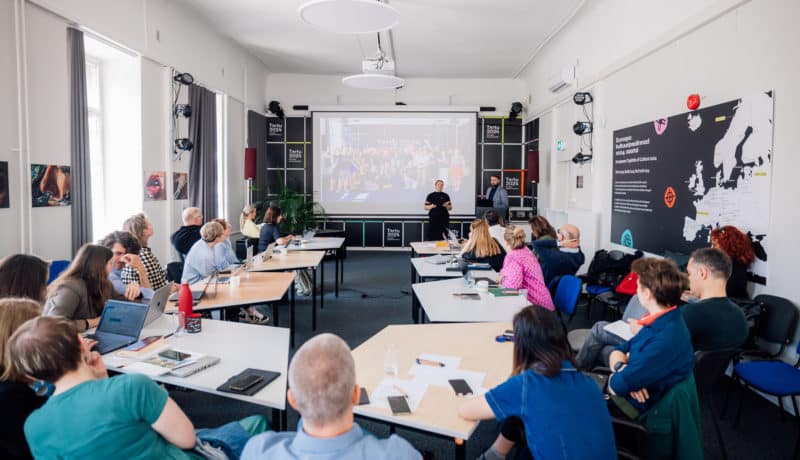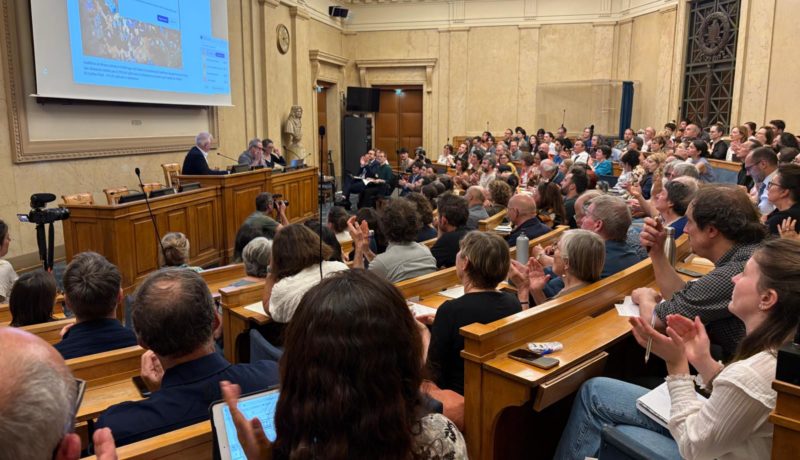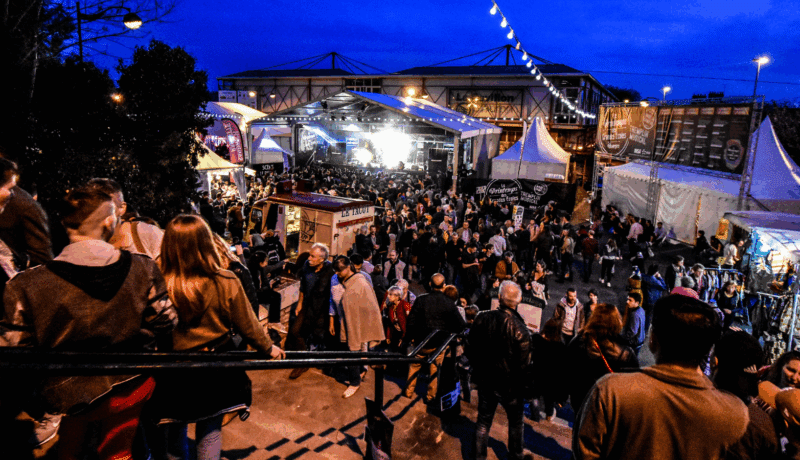Organised every year since 1964, the National History Museum in London (Great Britain), the Wildlife Photographer of the Year is the largest and most prestigious european competitions of photos of nature.
The best specialists from around the world submit (anonymously, it is the regulation), their most beautiful prints of the jury. There are also thousands of photographers, amateurs and children (a category consists of images of the ” ten years and less) !
The photos submitted to the jury are classified into eighteen distinct categories : animals in their environment, the behaviour of animals (those of mammals, birds,…), the underwater world, portraits of animals, the nature in black and white or ” the wild life in city and garden “…
Each year, the photos rewarded by the jury of the Wildlife Photographer of the Year are gathered in an exhibition in London. It is then shown around the world and in France, Bourges and its natural history museum of Bourges, who is hosting for the past 32 years ! For the past few years, the participants are more likely to ask their goal on the fragility of our environment and its suffering caused by the impacts of human activity. At the end of five years of research and work approach, Laurent Ballesta, French photographer, also a biologist and a diver, managed to photograph the spawning groupers in Polynesia. Finally, thanks to Émelin Dupieux, amateur photographer in the ardèche, the largest butterflies in our mountains, the Apollo, was able to be immortalized.
History :
Drawing its origin in a temporary exhibition held at the Palais Jacques-Coeur and then continue into the future under the action of Gabriel Foucher (1865-1949), entomologist, the new Natural History museum of Bourges opens its doors in 1927. It consisted for the most part of stuffed animals donated by Guy René Babault and tables ethnographic collected by the members of the expedition Citroën in Africa.
Born in Paris circa 1888, Guy René Babault began very soon his fortune in the service of science and the national Museum of natural history (Paris). As soon 1912-13, he made his first significant missions in the Himalayas, Ceylon, and English Eastern Africa (modern Kenya and Uganda). Interrupted by the first world war, he took over from 1918 his travels scientists first in Tunisia, accompanied by Albert Boudarel, maker of the Museum, and then to Kenya. At the end of the 1920s, he became a planter of coffee in the region of lake Kivu in the belgian Congo, and from there, sent for a dozen years, several specimens of insects, birds and mammals at the national Museum of natural history of Paris.




